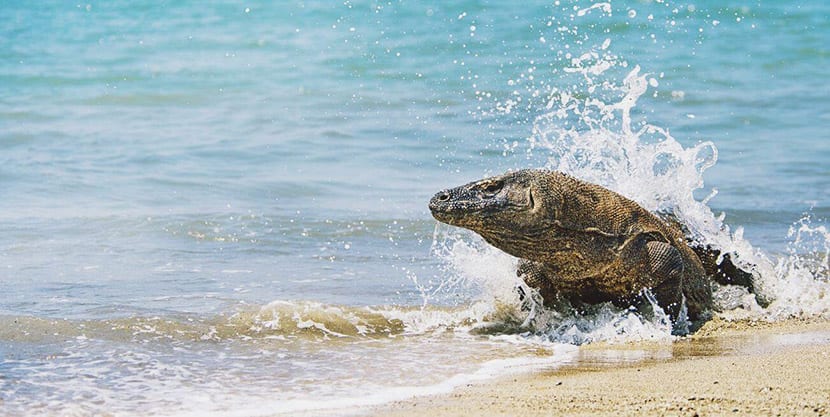
Our planet has a long and varied history and although we believe we are the apex of creation, the truth is that at some point we do not even exist on the face of this world. At that time other animals reigned, animals similar to the so-called "dragons" of the Komodo National Park.
Surely you saw them in a documentary because they are very famous. They are protected in this park that is located in Indonesia, protected by the government and open to tourism. Let's see what it offers us.
Komodo National Park
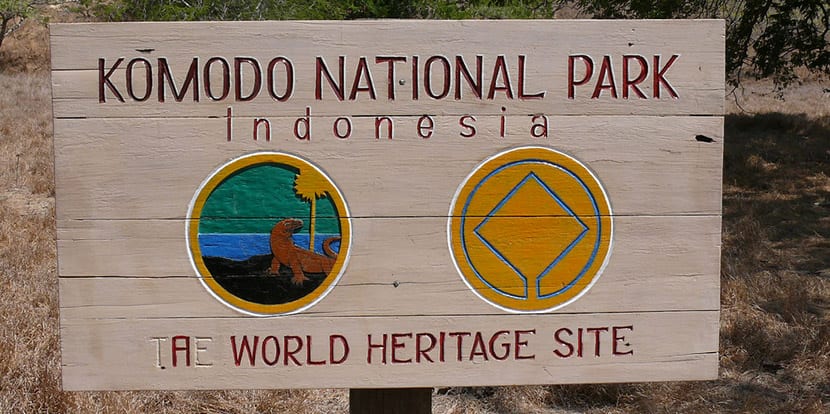
Is in indonesia, a Southeast Asian state located between the Indian and Pacific Oceans. It is an island country formed in total by more than 13 thousand islands of different sizes and inhabited by around 261 million people. Many! In fact, it is the fourth most populous country in the world and within Muslim countries, it is the first.
Then, in the Sunda Islands you will find the park. These islands are to the north of Australia and are divided into Great and Low with the park in the second. Some of these islands are part of a volcanic arc formed when the Sunda plate sank under the Java Sea. Within the group is, for example, Bali, Timor or the Tanimbar Islands.
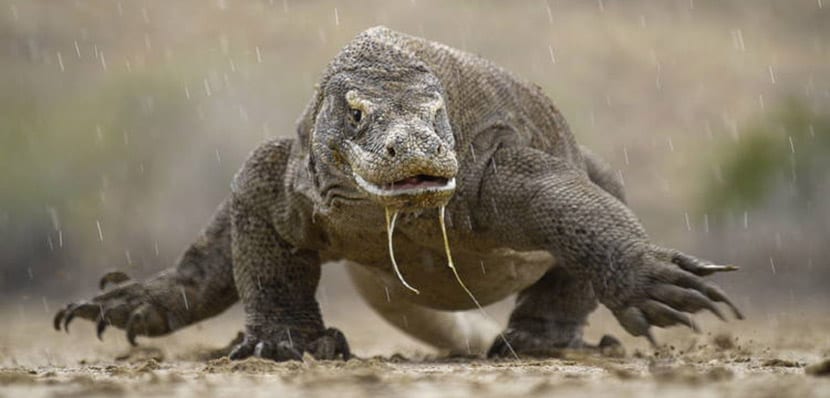
Many of the volcanoes on these islands are still active, but there are others that are already extinct. The truth is that since colonial times the fabulous and long-lived geology of these islands has been the object of study and there are still several theories about their formation and progression. In short, the Sunda Bajas Islands are very complex and still, to this day, the sea of geologically active.

In colonial times many of these islands were turned into farmland and the original rich vegetation was cleared to make way for rice or cotton and human population. Luckily, islands like Komodo have been protected and thus exist today Komodo National Park which includes the islands of Komodo, Padar and Rincah and another 26 of smaller size.
The park has a total area of 1.733 square kilometers and was founded in 1980 to protect precisely the Komodo dragon, the largest lizard in the world. Obviously, today other species are protected, even marine ones. Since 1991 It is a World Heritage Site.
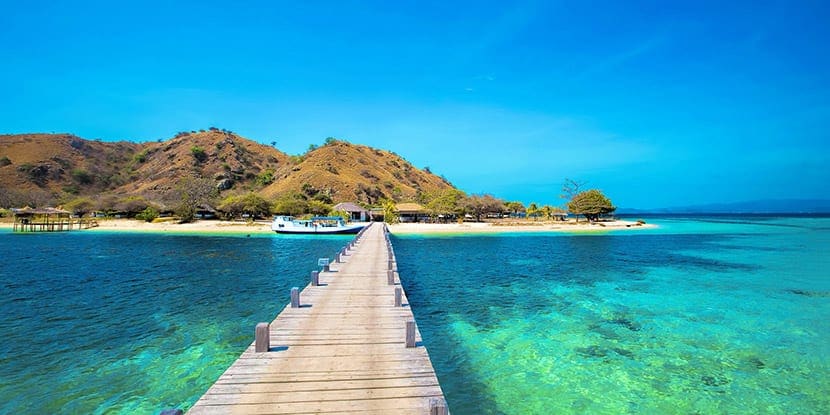
The Komodo dragon is a species of lizard typical of Indonesia that inhabits several islands in the area. It is also known as monitor komodo and it is the largest lizard species in the world today with a maximum length of three meters and 70 kilos.
Its size has generated different theories. It was thought for some time that they grew so large because there are no carnivorous animals that are a threat to them, although now the tendency is to think that they are simply the survivors of a very old population of giant lizards that once lived in Indonesia and Australia. That is, part of that megafauna who died after the Pleistocene.
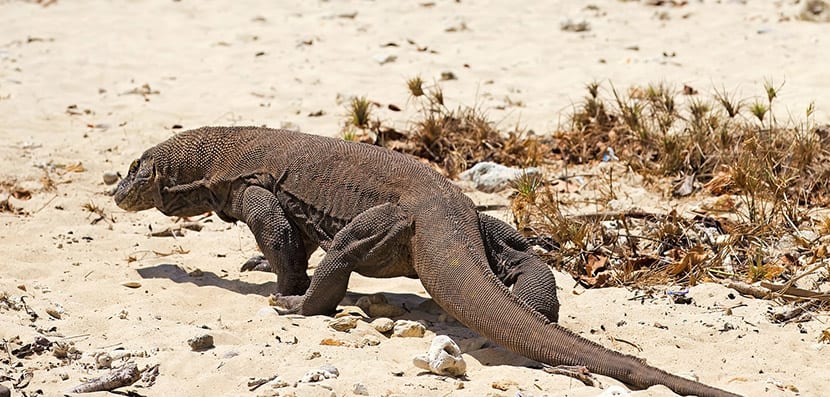
Some fossils found in Australia that date back more than three million years guide theories in this regard, so it is a well-founded theory. Whatever their history or their origin, the truth is that with this size they are the kings of the jungle, so to speak. They hunt and eat mammals, birds, and invertebrates and is considered to have a poisonous bite. The venom would come from two glands located in the lower jaw.
Whatever their secret weapon, Komodo dragons show signs of being great when hunting in groups, something very rare and striking among reptiles. If they eat humans? There has been an attack, yes, the last one in 2017 on a tourist, but it is not the rule because they often escape from human presence.
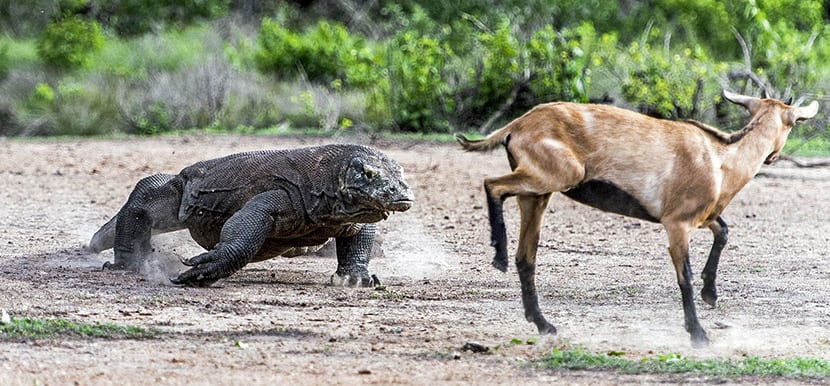
Here in the park they live quietly, they hunt, they reproduce. The eggs are laid between May and August and hatch in September. Each female can lay about 20 eggs and they hatch for seven to eight months. The little ones must be careful as soon as they are born as they are very vulnerable and can even be attacked and eaten by adult males. It takes eight to nine years for them to mature and they don't live much more than 30 years.
The Komodo National Park is made up of volcanic islands, with difficult terrain and hills that do not reach a thousand meters in altitude. There are mangroves on the coast and few rain forests in areas over 500 meters, but in general it is a dry climate zone Compared to the rest of Indonesia and in summer it is extremely hot.
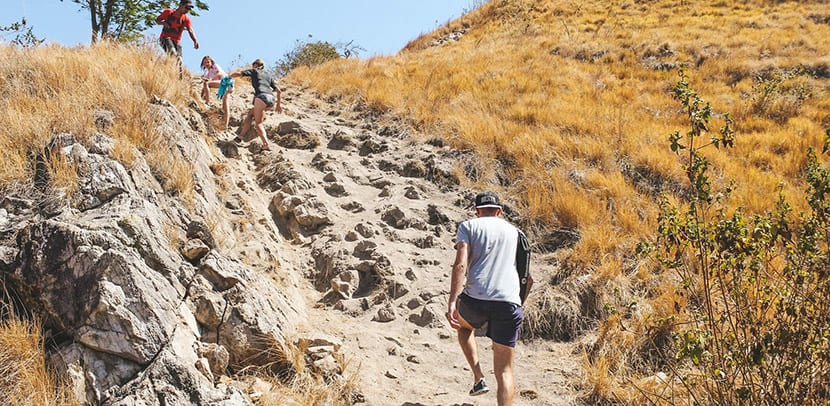
All great for dragons to inhabit. In addition to dragons, the park protects whale sharks, manta rays, pygmy seahorses, clown fish, sea buffalo, crabs, birds, more reptiles and about twelve species of snakes.
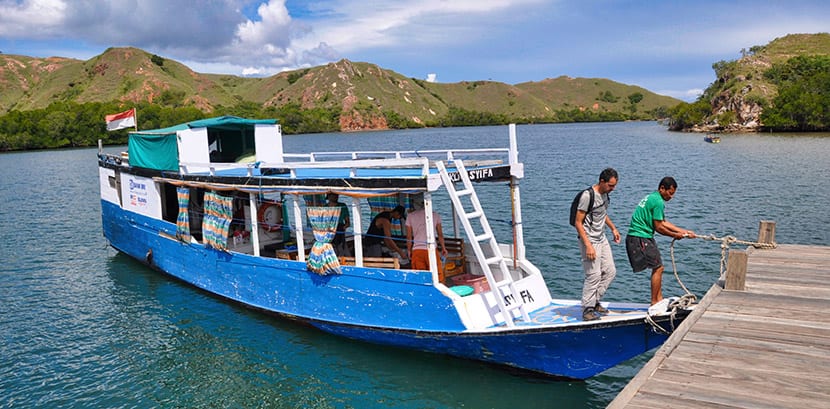
How do you get to the park? Most visitors enter the park from the cities of Labuan Bajo in the west of Flores or Birma in the east of Sumbawa. You can also leave from bali. The closest airport is Komodo Airport itself in the city of Labuan Bajo. It is also close to the Maumere Airport in Maumere, Flores. From Bali or from Jakarta You can get to these cities by plane and from them go to Komodo by ferry. NAM Air, Garuda Indonesia or Wings Air take you.
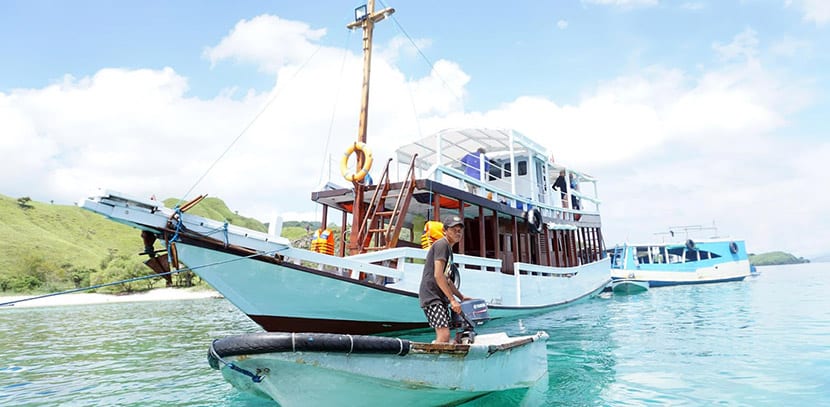
From Bali you can also get there by bus and then connect with the ferry. The ferry crossing is mandatory. It departs from Labuan Bajo and it takes between three and four hours. There is no proper port waiting in Komodo so you have to get off the ferry and go to sailboats that are the ones that promptly drop you off on the island.
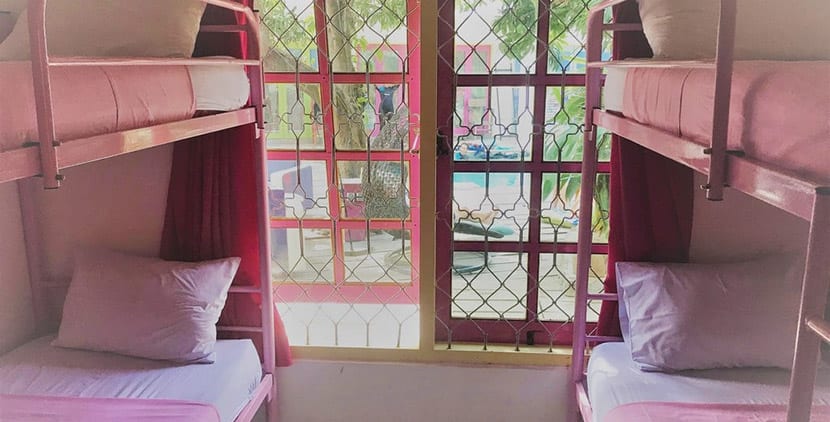
You can stay at a resort in Labuan Bajo and organize the visit from there. The city is small but has many options for accommodation, restaurants and dive shops everywhere. Calculate about $ 20 for a bed in a bedroom. It is not as cheap as other sites in the region but its level of popularity has inflated prices. You can stay at the Ciao Hotel, L Bajo Hotel, Hostel Harmoni, Le Pirate Bajo Hotel or Dragon Dive Komodo, for example.
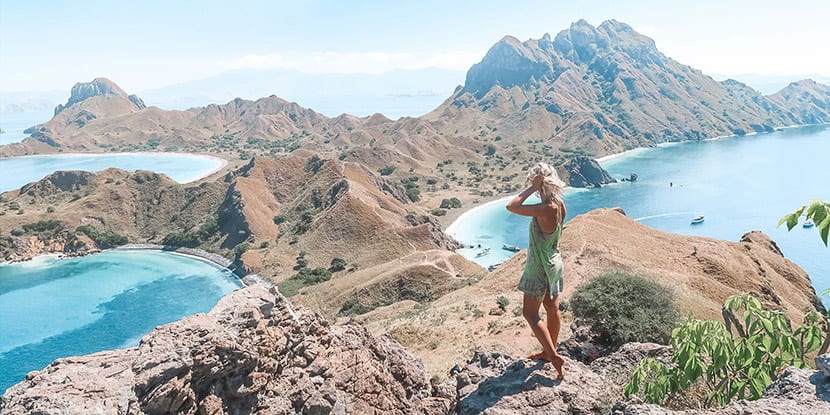
On the island of the park there are no motor vehicles so everything is done on foot. The island is very popular for diving so this is one of the best activities to do. In fact, it is one of the best diving destinations in the world: crystal clear waters, many marine species, corals, caves, rock formations ...
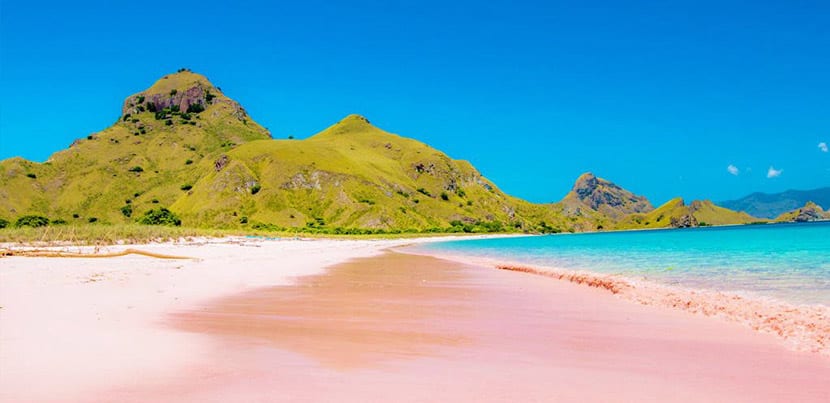
And last but not least, here there are postcards that you cannot miss: the incredible viewpoint of Padar Island, offers a compendium of ocean, islands and white beaches that is beautiful, and the famous Pink beach formed by crusher corals.